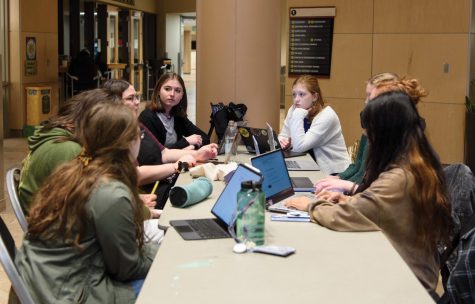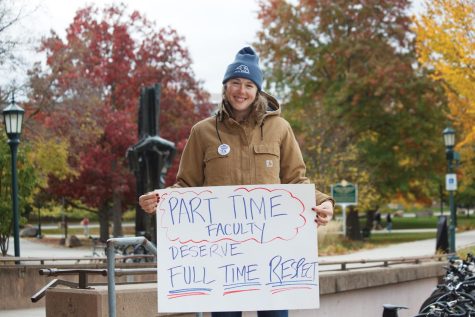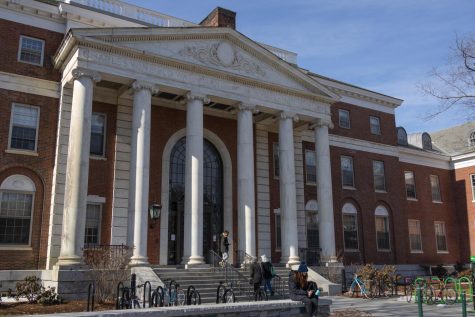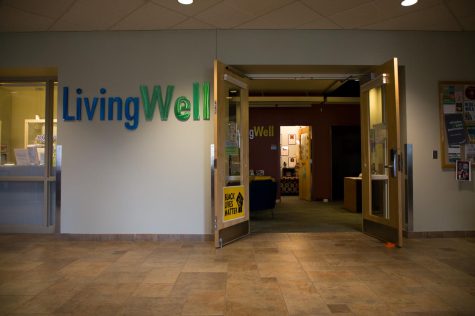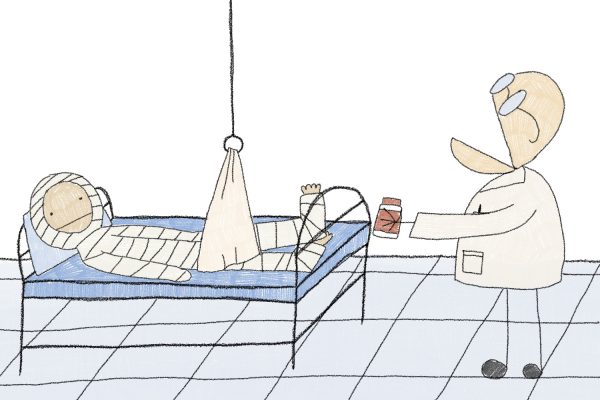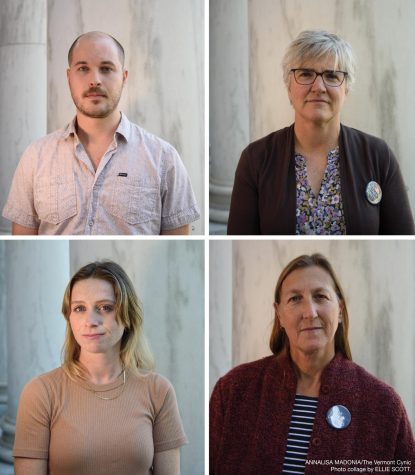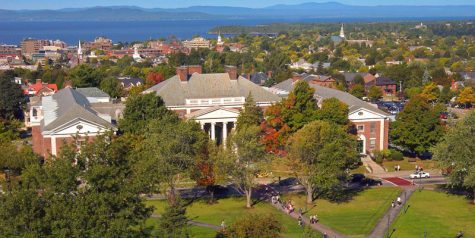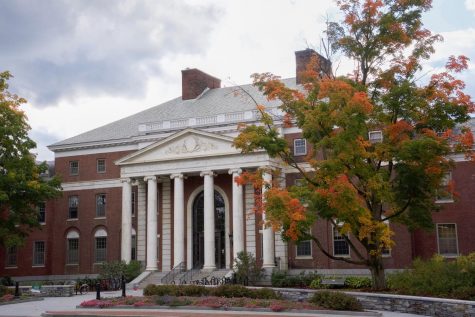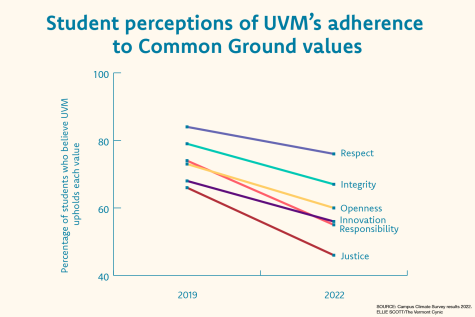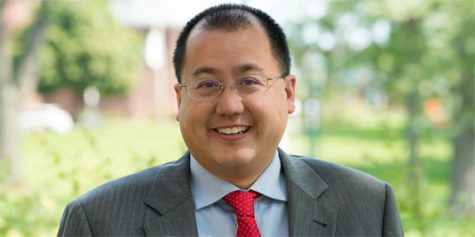UVM sees highest number of applicants to date as in-state applicants continue to drop
Despite a record number of students who applied to UVM this year, the number of in-state applicants fell, said Jay Jacobs, vice provost for enrollment management.
The University received more than 30,000 applicants for the class of 2026, breaking the previous record number of applicants set last year, Jacobs said. However, the number of Vermonters went down 8%.
The previous record number of applications recieved by UVM, set in 2021, was 25,500, according to a July 15, 2021 article from Seven Days.
UVM did not require standardized test scores this year, the second year of a three-year experimental pilot program of operating as a test-optional institution.
About half of the applicants decided to apply without using their standardized test scores, Jacobs said.
The decline in Vermont-based applications likely stemmed from declining numbers of students graduating from Vermont high schools, he said.
“We are expecting fewer and fewer Vermont applications from here on out,” Jacobs said. “The number of high school graduates is declining in the state of Vermont.
The University anticipates the number of Vermont applicants will remain stable next year but will fall sharply during the 2030s, he said.
In 2004 – the birth year of the majority of 2026 graduates – 6,597 babies were born to Vermont residents.
These numbers were up by eight from 2003, according to the Jan. 15, 2005 Vermont Department of Health’s Annual Vital Statistics Report.
Vermont birth rates began declining during the 1990s, and continued dropping steadily throughout the 2000s, according to the 2008 edition of the Statistics Report.
Although birth rates declined nationwide in the ‘90s according to CDC data, Vermont’s birth rate dropped more significantly and remained lower than the national average. Vermont’s 2008 birth rate was 10.2 per 1000 residents, as compared with 14.0 for the nation.
The number of students in Vermont’s 2020 cohort fell 3% from 2019, according to the New England Secondary School Consortium’s annual Common Data Project published in November 2021.
The report defines a cohort as the group of students who enter high school in grade nine, plus the students who transfer into school, minus the students who transfer away. It includes students who drop-out of school and/or do not graduate, the report stated.
Only 48.9% of Vermont’s 2020 cohort enrolled in a college program the following fall, the lowest of any New England state, the next highest rate reported was Maine at 55.2%, according to the same report.
An admitted student from Montpelier, Juliet Rapaport, said in-state student’s desire to get out of Vermont might also be part of the cause.
“Vermont was really shut down for a while and we couldn’t really do much,” Rapaport said. “People really want to get out of Vermont. I know all my friends are really just saying ‘Oh, I need to get out of here. I need to go somewhere else.’”
The University worried about the drop in Vermont-based applications, Director of Admissions Moses Murphy said.
“That is of concern and it’s something that we’re continually trying to address,” he said.
The University actively looks to attract more Vermonters to the school. This includes assisting students who previously went to community college to finish their degree and sending special messages to Vermont high schoolers, according to a Feb. 10 email from Murphy.
The University’s handling of the pandemic, national outreach efforts and a switch to test-optional applications helped drive the increase in total applicants, Murphy said. Some students may have felt their standardized test scores would have excluded them from admission.
Rapaport believes the test-optional system also helped her get admitted, she said. Of the schools she applied to, only one didn’t adopt the test-optional system.
“I do think that history will look back on this time as sort of an inflection point as it relates to standardized testing,” Murphy said. “I could see fewer and fewer schools requiring them as part of the admissions process.”
The University considered switching to a test-optional system even before the pandemic, Jacobs said. They have yet to make a decision about whether to make the change permanent.


